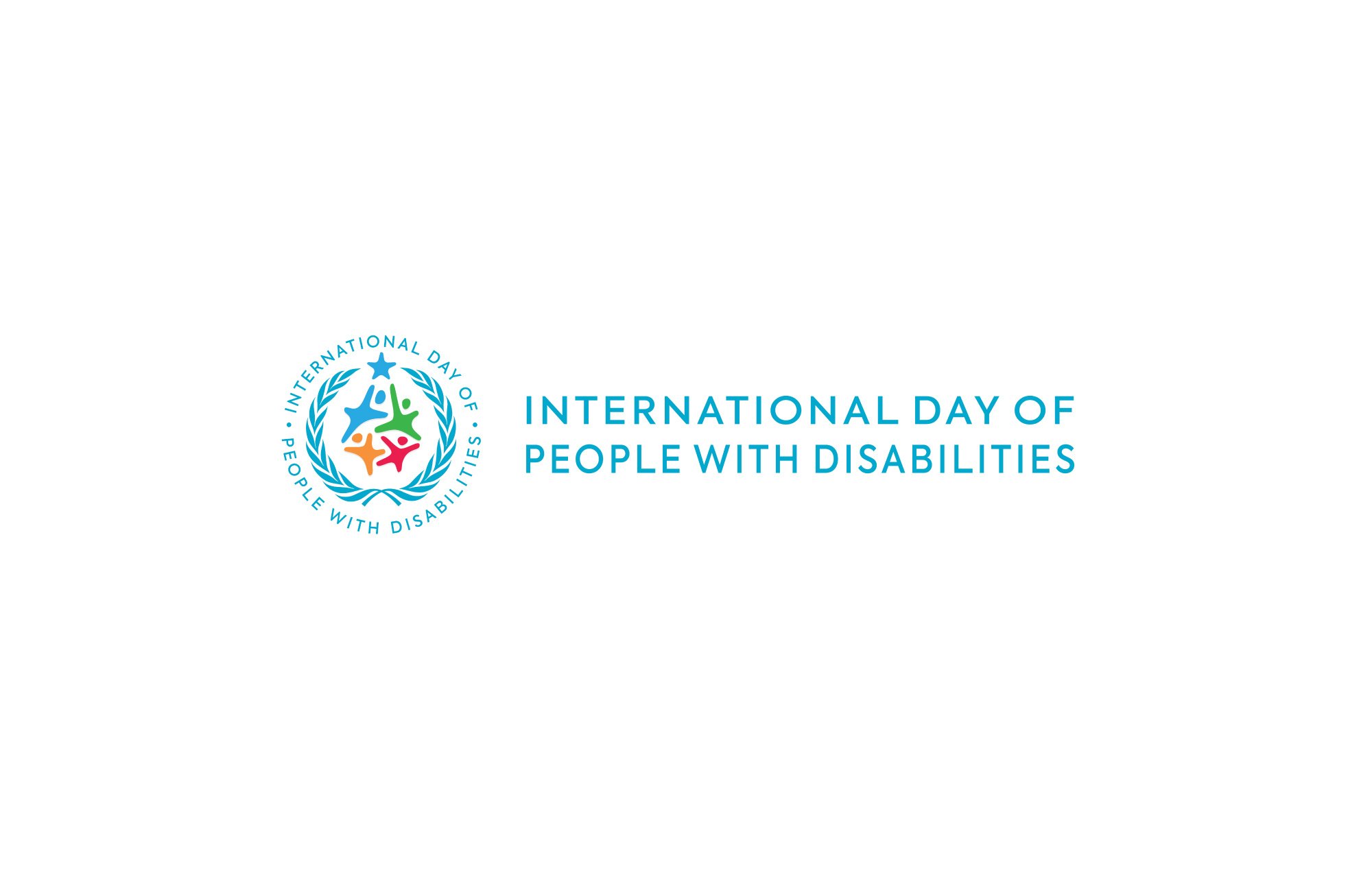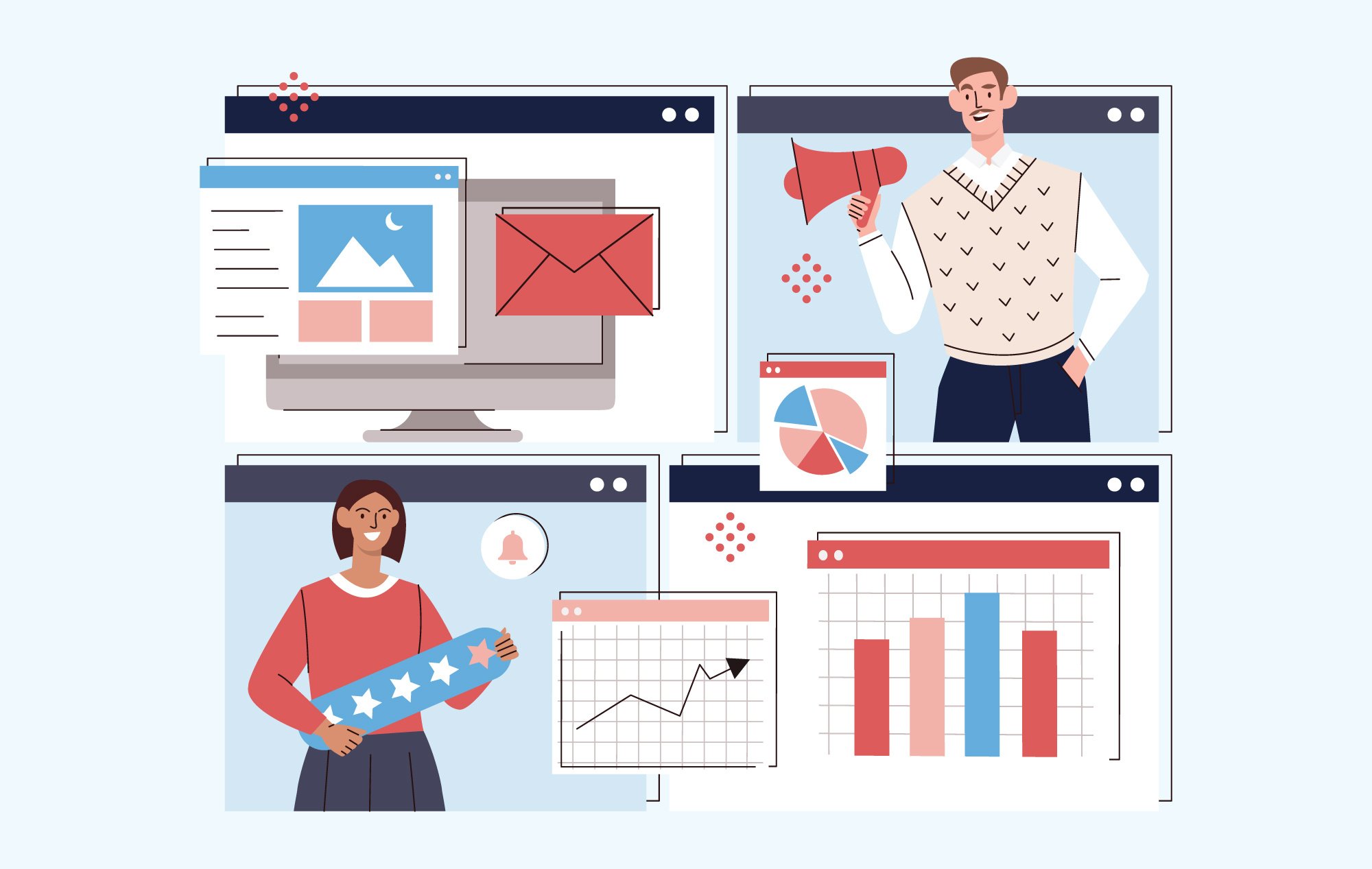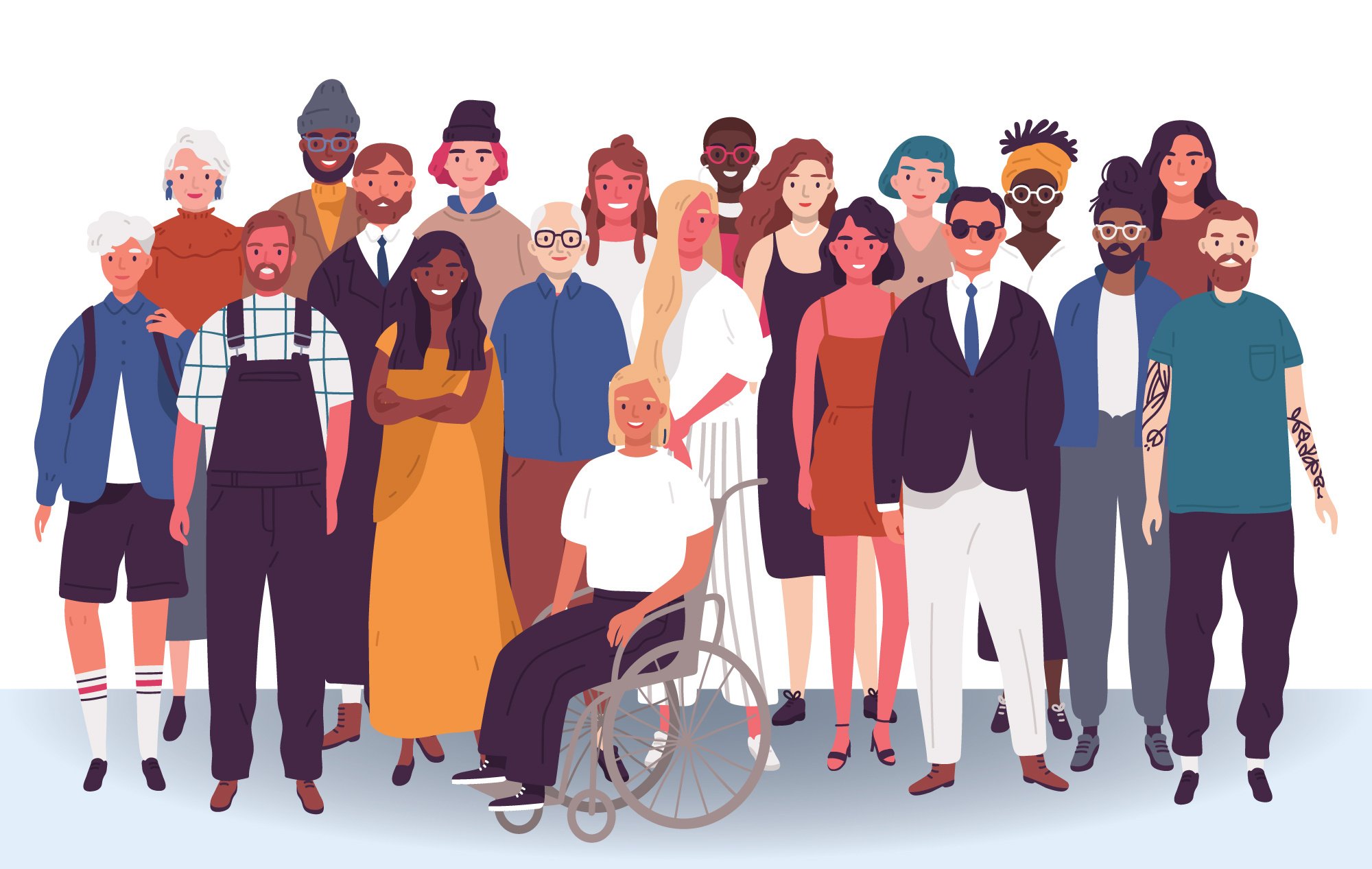In today's diverse society, workplace inclusivity is more critical and effective than ever. Not only is there a significant business case for diversity and inclusion, but it also gives everyone an equal opportunity to contribute their talents and build on their successes.
That said, for the 23 million American adults of working age (18-64) experiencing significant vision loss, employment prospects can be daunting. Citing U.S. Bureau of Labor Statistics Current Population Survey data, the nonprofit American Foundation for the Blind reports the 2020 labor force participation rate一the percentage of the population either employed or seeking employment一for people experiencing visual impairment is only 40 percent, significantly behind the 74 percent of those who don’t.
Mike Hess, Founder & Executive Director of workforce services organization Blind Institute of Technology一and blind himself一sums it up this way: “Stigma and perception [within organizations] are our biggest challenges.”
Advancing a workplace culture fostering empathy and understanding across people with diverse backgrounds, experiences, and abilities is a fundamental component of exercising inclusion一as is providing accessibility in all its forms.
Here are several useful measures to help create more inclusive and accessible workplaces for employees experiencing blindness or visual impairment (BVI).
Legal Requirements & Beyond
While most U.S. organizations are legally required to provide some level of accessibility to those with disabilities, this is often only the beginning of the inclusion journey.
Legislation protecting Americans with disabilities’ civil rights一including access to employment and nondiscrimination一was first enacted in the 1970s with the Rehabilitation Act of 1973 and later with the landmark Americans With Disabilities Act (ADA) of 1990.
Compliance with the ADA includes providing reasonable accommodations in the workplace so that people with disabilities (PwD) have equal opportunity一not just equal treatment一as those without disabilities.
But BVI is a broad spectrum disability, ranging from vision loss一the experience of having trouble seeing, even when wearing glasses or contact lenses一to total blindness, the inability to see anything with either eye. Thus, accessibility needs vary significantly depending on particular levels of vision, making it essential to personalize accessibility measures as much as possible.
Of course, non-compliance with the ADA can result in significant penalties. However, workplace initiatives implemented merely to comply with the law won’t inspire the culture of inclusion that best benefits employees or their organizations.
For that, cultural initiatives and accessibility measures must be proactively taken and practiced一beyond just compliance. There must be an intent to leverage the deep talent within the PwD community (including people experiencing BVI) to help businesses grow一essentially the same approach used when accessing any other talent pool.
Cultural Training & Awareness
According to Hess, comprehensive cultural training about disability—and its connection to the human condition—is a key driver of enhanced inclusivity in the workplace.
“As we age, skills and abilities diminish,” he explains. “That’s just part of life. We all have limitations一or will.”
“From the bottom up—and crucially—from the top down, awareness, understanding, and empathy can help erode barriers between the disabled and non-disabled communities,” continues Hess.
So what does this look like in practice? It goes way beyond disability etiquette. Prioritizing disability awareness programs, internal communications campaigns, and providing expert training fosters an inclusive work environment and promotes effective teamwork and communication. Empowering organizations to be more comfortable with the experience of disability is critical to achieving success for everyone.
Likewise, providing needed physical, technological, and digital accommodations also boosts workplace inclusivity. The next few sections delve into this in more detail.
Physical Workspaces
An accessible physical workspace for BVI employees is essential to protect their safety and productivity. Beneficial physical accommodations include the following:
- Clear Pathways & Unobstructed Walkways - Clear pathways and walkways help BVI employees navigate the workplace safely and independently.
- Tactile Markings - Using tactile markings, such as textured or contrasting flooring, handrails, or signage with Braille, helps identify important areas, pathways, and points of reference within the workspace.
- Accessible Restrooms - Ensuring restrooms are equipped with Braille signage, tactile indicators for controls, and accessible features such as grab bars and non-slip flooring, promotes independence and safety.
- Adjustable Lighting - Modifying lighting conditions, such as reducing glare or providing appropriate task lighting, can assist employees with low vision to optimize their visual capabilities.
- Ergonomic Flexibility - Providing adjustable furniture, such as desks and chairs, enables BVI employees to customize their workstations for comfort and accessibility. Ergonomic keyboards and mice with tactile features can also be helpful.
- Accessible Meeting Spaces - Ensuring meeting rooms have sufficient lighting, appropriate acoustics, and accessible seating arrangements fosters effective communication for BVI employees.
- Organized Environment - Requiring common items be kept in standard locations and maintaining consistent layouts facilitates smooth navigation. Regular drills and accessible emergency procedures are also vital to boosting safety.
Technological Support
Assistive technology plays a major role in enhancing the workplace experience for BVI employees. Some of the most effective include:
- Screen Reader Software - This converts on-screen text into synthesized speech or Braille output, enabling BVI employees to access and navigate digital content, including documents, websites, and software applications.
- Screen Magnification Software - This enlarges content on a computer screen, making it easier for individuals with low vision to read and interact with associated elements.
- Refreshable Braille Displays - These tactile devices convert digital text into Braille characters, giving individuals real-time access to digital content.
- Voice Recognition Software - This enables individuals to control a computer or dictate text using their voice一particularly helpful for BVI employees with visual impairments who have difficulty using standard keyboards.
Digital Accessibility
Digital accessibility is equally important to physical and technological accessibility for employees with BVI. Indeed, the specialized tools described above will operate poorly when company websites and other digital elements, such as digital documents and online services, aren’t designed with accessibility in mind.
Here are a few ways to enhance digital accessibility:
- Incorporate High-Contrast Displays - Adjust display settings to use high contrast or large font sizes to enhance visibility and readability for low-vision individuals.
- Use Accessible Web & Software Design - Employ accessibility best practices in developing websites, software applications, and digital interfaces, such as keyboard accessibility and proper heading structure. More detail can be found in the World Wide Web Consortium’s (W3C) Web Content Accessibility Guidelines.
- Accessible Document Formats - Provide documents in accessible formats, such as HTML, accessible PDFs, or Word documents, and alternative text for images.
Flexible Work Arrangements
Flexible work conditions can greatly benefit individuals with BVI by providing the necessary support and accommodations to perform their job duties effectively.
These include:
- Remote Work - Allowing BVI employees to work remotely from their preferred location provides them a comfortable and familiar environment with access to their preferred accessibility tools and resources.
- Flexible Work Schedules - Offering flexible work hours enables BVI individuals to adjust their workday according to their specific needs. This can include part-time work, modified start and end times, or flexible breaks to manage any medical or assistive device-related issues.
- Job Sharing or Part-Time Work - Creating job-sharing arrangements or part-time positions can enable BVI individuals to have reduced workloads while maintaining employment. This can help manage energy levels and ensure a healthy work-life balance.
Facilitating Communication & Collaboration
Open lines of communication across the workforce are essential to understand and address accessibility effectively. Consistent with a culture of inclusivity, coworkers must help create opportunities for BVI employees to share their perspectives and actively participate in discussions and decision-making processes.
Additionally, collaborations should be inclusive, ensuring all meetings, presentations, and team activities are accessible. Even doing something as simple as providing meeting materials in accessible formats in advance can be beneficial.
The Role of Human Resources & Communications
To build a truly inclusive workspace, effort and intent are required from everyone. However, Human Resources plays a pivotal role in this process. From making the recruitment process accessible to spearheading educational initiatives and handling accommodation requests, their part is far-reaching.
Within this context, the Internal Communications team also has important responsibilities. They help normalize organizational inclusivity with awareness campaigns, events, communications, and other internal initiatives.
“Being an inclusive organization means letting people know you represent them一with language, imagery, messaging, and more,” says Hess. “Representation matters.”
Finally, creating a more inclusive work environment for BVI employees requires a multi-faceted approach that starts with culture and considers physical workspace accommodations, technological and digital support, training, communication strategies, and robust HR policies.
More than a legal requirement, it's about valuing diversity and acknowledging every individual's potential. In short, when workplaces are created to support a diverse workforce, including those experiencing BVI, it eliminates barriers to their success and that of their organizations.
To learn more about helping improve workplace inclusion and accessibility for the BVI community, check out "How to Improve Accessibility & Digital Inclusion for the Blind & Low-Vision Community."
InclusionHub is a crowd-sourced, online resource directory seeking to raise awareness about Diversity, Equity, Inclusion, and Belonging (DEIB), digital accessibility, and other vital issues. To learn more or be a part of this extraordinary pursuit, contact us today.






Leave a Comment